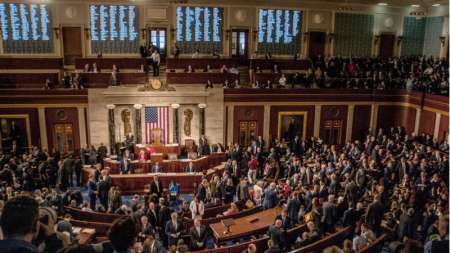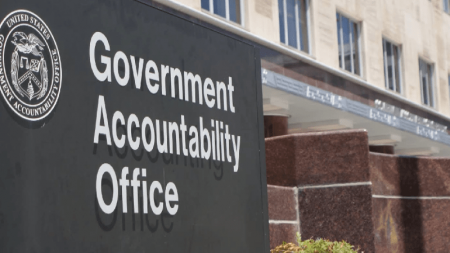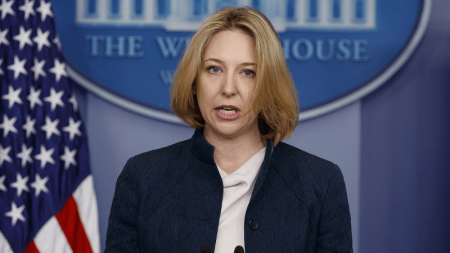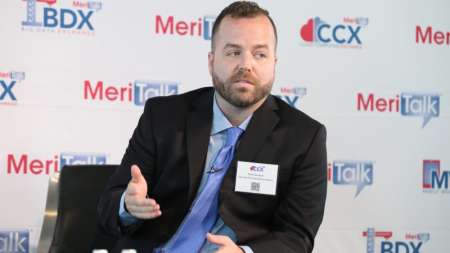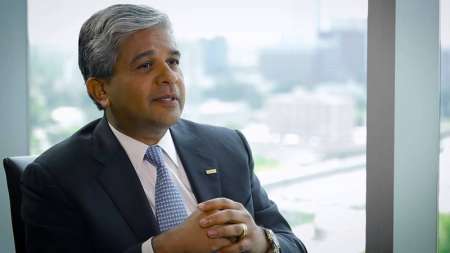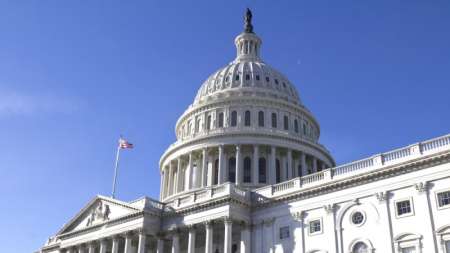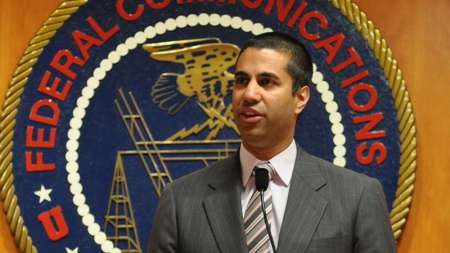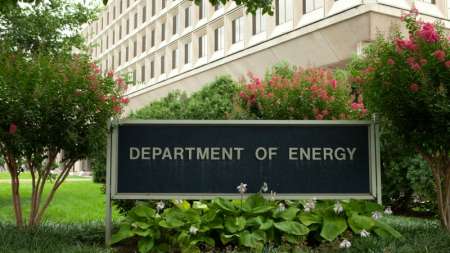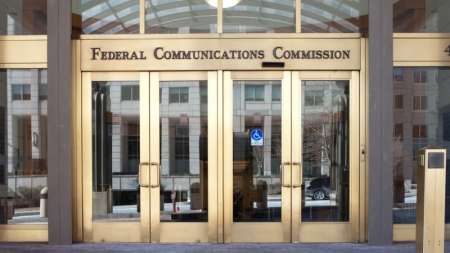The Consumer Financial Protection Bureau (CFPB) did not fully assess and authorize all of its cloud systems and did not effectively communicate with the FedRAMP program management office, leaving its cloud security at risk, according to an inspector general report published July 17. […]
The Consumer Technology Association (CTA) announced today that it has hired Jamie Susskind as its new vice president of policy and regulatory affairs. […]
The House of Representatives has scheduled a vote this week on a bill that would direct the Federal Communications Commission (FCC) to craft rules regarding unwanted robocall and robotext messages that make sure those communications comply with the consumer protection and privacy purposes of Section 227 of the Communications Act. […]
A Congressional Budget Office (CBO) report estimates that the State and Local Cybersecurity Act of 2019 (S. 1846) would cost the government $31 million to implement between 2019 and 2024. […]
The General Services Administration (GSA) and the National Archives and Records Administration (NARA) have teamed up to establish an Electronic Records Management (ERM) market research tool that will allow agencies to more easily identify vendor services to meet their needs. […]
The Department of Homeland Security (DHS) issued a request for information (RFI) on July 16 for Information Assurance Compliance System (IACS) tools that can support FISMA (Federal Information Security Modernization Act) compliance checks and reporting. […]
A majority of surveyed agencies who used shared services to comply with the Digital Accountability and Transparency Act (DATA Act) experienced challenges, which affected the timeliness and accuracy of their submissions, according to a Government Accountability Office (GAO) report released July 18. […]
The Government Accountability Office (GAO) uncovered a list of new information system security weaknesses at the IRS in a report released July 18. […]
Balancing cybersecurity with modernization – as well as strategies that organically create that balance – are critical as Federal agencies work toward modernizing their IT infrastructures, said Jeanette Manfra, assistant director for the Cybersecurity and Infrastructure Security Agency (CISA), today. […]
Risk management in the modern age is largely about cyber hygiene, said Wanda Jones-Heath, Chief Information Security Officer (CISO) for the U.S. Air Force’s Office of the Deputy CIO, today. […]
Energy Department (DoE) officials and energy-sector security experts briefed House members today on a range of cybersecurity initiatives and other tech advancements they could consider as Congress works to create electric grid modernization legislation. […]
In paving the way for artificial intelligence (AI) deployment, agencies are still attempting to catch up to modern technology, and National Science Foundation CIO Dorothy Aronson said that skipping generations of technology to catch up may be the best path. […]
Army Futures Command (AFC) needs to improve its engagement with small businesses in driving its research and development (R&D), according to a Government Accountability Office (GAO) report published today. […]
Reps. Elijah Cummings, D-Md., and Gerry Connolly, D-Va., strongly voiced doubts that the Trump Administration’s plan to merge the Office of Personnel Management (OPM) and the General Services Administration (GSA) would help solve OPM’s existing IT troubles in a July 15 letter to OPM Acting Director Margaret Weichert. […]
The House on July 15 approved two bills that aim to bolster Small Business Administration (SBA) cybersecurity, and help small businesses combat cyberattacks. […]
A General Services Administration (GSA) blog post highlights how a recent amendment to the Federal Acquisition Regulation (FAR) has made it easier for Federal agencies to acquire IT through GSA. […]
Matt Goodrich, a senior advisor at the General Services Administration’s Technology Transformation organization and former director of the FedRAMP (Federal Risk and Authorization Management Program) program, announced in a tweet today that he will depart Federal service on July 26. […]
The Environmental Protection Agency’s (EPA) Office of Inspector General has flagged cybersecurity and data management issues as top management challenges for the agency in FY2019 that need to be tackled. […]
Several high-ranking Federal agency tech leaders are set to testify before the House Government Operations Subcommittee on July 17 when it holds a hearing to consider the effectiveness of the FedRAMP (Federal Risk Assessment and Management Program) program that standardizes security requirements of cloud services used by the government. […]
The House voted today to approve its version of the FY2020 National Defense Authorization Act (HR 2500). […]
A panel of Federal and non-profit witnesses said that expanding both partnerships with industry and information-sharing to further help secure the U.S. electric grid at a House Energy and Commerce Committee Subcommittee on Cyber Threats hearing today. […]
The Department of Veterans Affairs announced its intention to expand its artificial intelligence (AI) research activities, naming Dr. Gil Alterovitz, as the agency’s first director of artificial intelligence. […]
The practical challenges of a sweeping effort to collect and analyze data from numerous Federal agencies are about to get a real-world test from President Trump’s most recent executive order. […]
With aging infrastructure standing in the way of IT modernization efforts, the Centers of Excellence (CoE) effort at the Office of Personnel Management (OPM) is looking to stabilize the existing mainframes at OPM before replacing them. […]
Two Democratic senators told Margaret Weichert, acting director of the Office of Personnel Management (OPM), to put the brakes on proposed furloughs of OPM employees in connection with a plan by the Trump administration to merge OPM with the General Services Administration. […]
Federal Communications Commission Chairman Ajit Pai said in a blog post on July 10 that the agency will consider the $20.4 billion Rural Digital Opportunity Fund which Pai introduced back in April of this year. […]
The U.S. Customs and Border Protection’s (CBP) Office of Information and Technology (OIT) is requesting information on market research related to developing an acquisition strategy to acquire services from commercial cloud service providers. […]
The General Services Administration (GSA) is seeking an online assessment system to integrate with the Office of Personnel Management’s (OPM’s) USA Hire to improve online Federal hiring services. […]
The Energy Department (DoE) is making strides in its unclassified cybersecurity program, according to a DoE Inspector General (IG) semiannual report released today. […]
A group of House Democrats urged the Federal Communications Commission (FCC) in a letter on July 9 to reject a proposal that would place a spending cap on the Universal Service Fund (USF). […]



